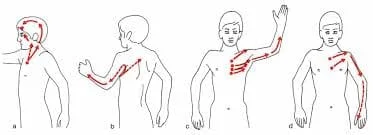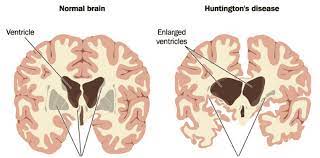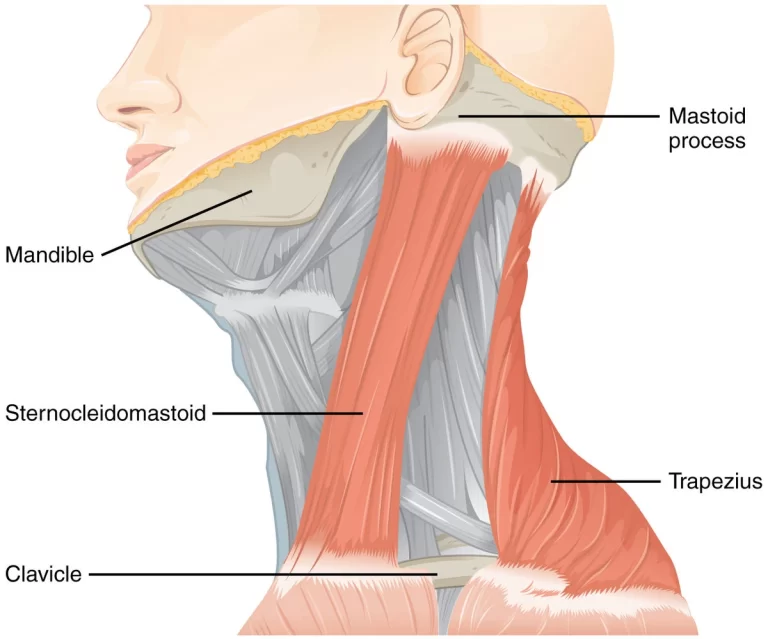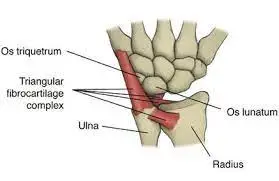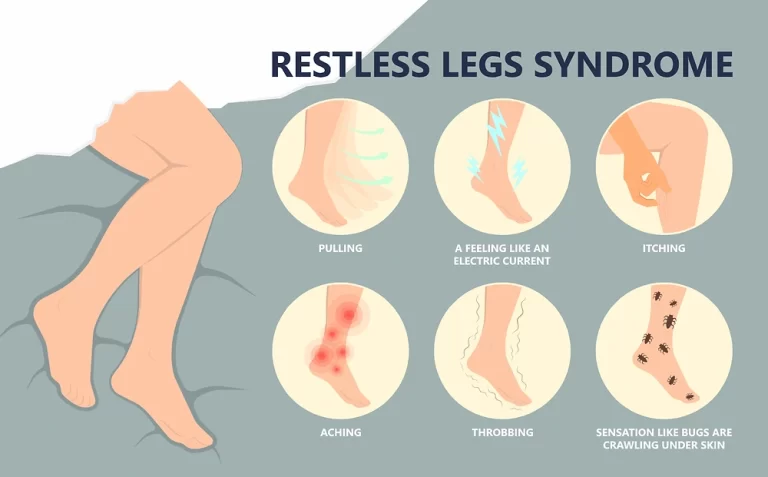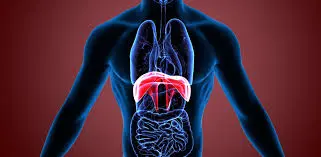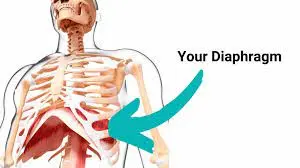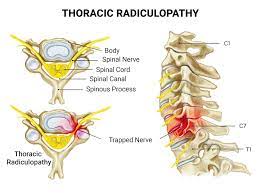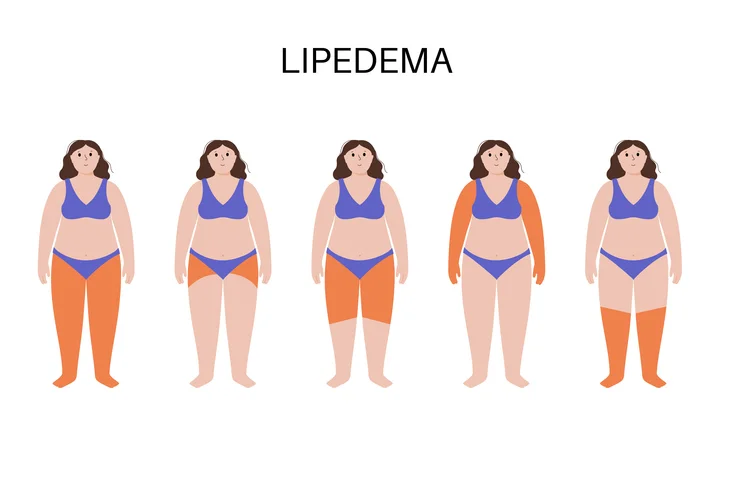Pseudoradiculoar Syndrome
Definition “Pseudoradicular syndromes” refer to clinical conditions that cause pain in the lower limb area or upper limb area, involving the same areas of the nerve root dermatomes but not directly affecting the nerve roots in the body. These syndromes can be caused by various diseases, some of which are relatively rare. The term “pseudo…

